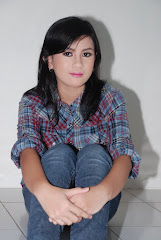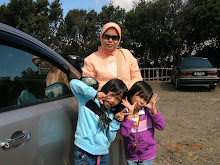Realistic mathematics education or Realistic Mathematics Education (RME) began to flourish because of a desire to review the mathematics education in the Netherlands who felt less meaningful for learners. The movement was originally initiated by Wijdeveld and Goffre (1968) through the project Wiskobas. Furthermore RME existing form until now largely determined by the views of Freudenthal (1977) about mathematics. According to his view of mathematics should be attributed to the fact, close to the child's experience and relevant to the community, with the goal of becoming a part of human values. Besides looking at mathematics as a subject to be transferred, Freudenthal stressed the idea of mathematics as a human activity. Mathematics lessons should provide opportunities for learners to "guided" and "reinvent" mathematics by doing so. Meaning in mathematics education with the primary goal of mathematics as an activity and not a closed system. So the focus should be on the activity of learning mathematics bermatematika or "matematisasi" (Freudental, 1968).

















